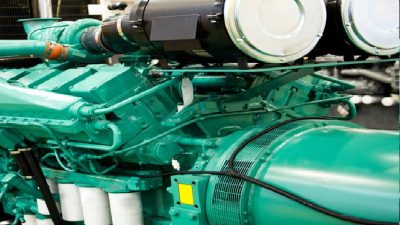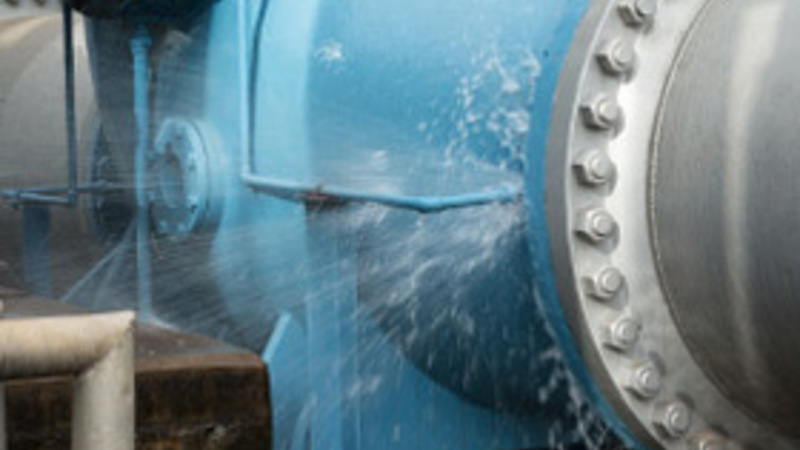Many people assume a single acting cylinder is not an effective choice for a custom cylinder design for a large capacity load. In fact, these cylinders are often the best choice as they offer a simple system which is easy to maintain and to operate in any type of equipment, machine, system or application.
The single acting hydraulic cylinder can be custom developed to meet the stroke requirements as well as the capacity for any type of linear motion. Understanding how these cylinders work will highlight why they are often the go-to choice across industries and in some of the most demanding applications.
An Overview
To be very specific, the term single acting hydraulic cylinder simply means that the pressure of the hydraulic fluid, or the lease of the pressure of the fluid, acts on one side of the piston only.
The hydraulic fluid is pumped into the cylinder by the hydraulic pump, which is controlled by the operator. As the pump is engaged, the pressure of the hydraulic fluid forces the rod to extend from the cylinder body, allowing for movement of the load to any position along the length of the stroke.
The cylinder uses the weight of the equipment or the load to reverse the stroke movement and return the rod into the cylinder barrel. The hydraulic fluid, once the pump is no longer engaged, flows back through the same port and hose, making for streamlined, efficient operation with limited parts and components.
Benefits to Consider
The most obvious benefit to a single acting hydraulic cylinder is the single port and the single hydraulic hose required. Additionally, with the welded cylinders, there is an additional benefit of a streamlined profile, allowing a very high capacity cylinder to be installed in a much smaller space than would be possible with other cylinder options and designs.


